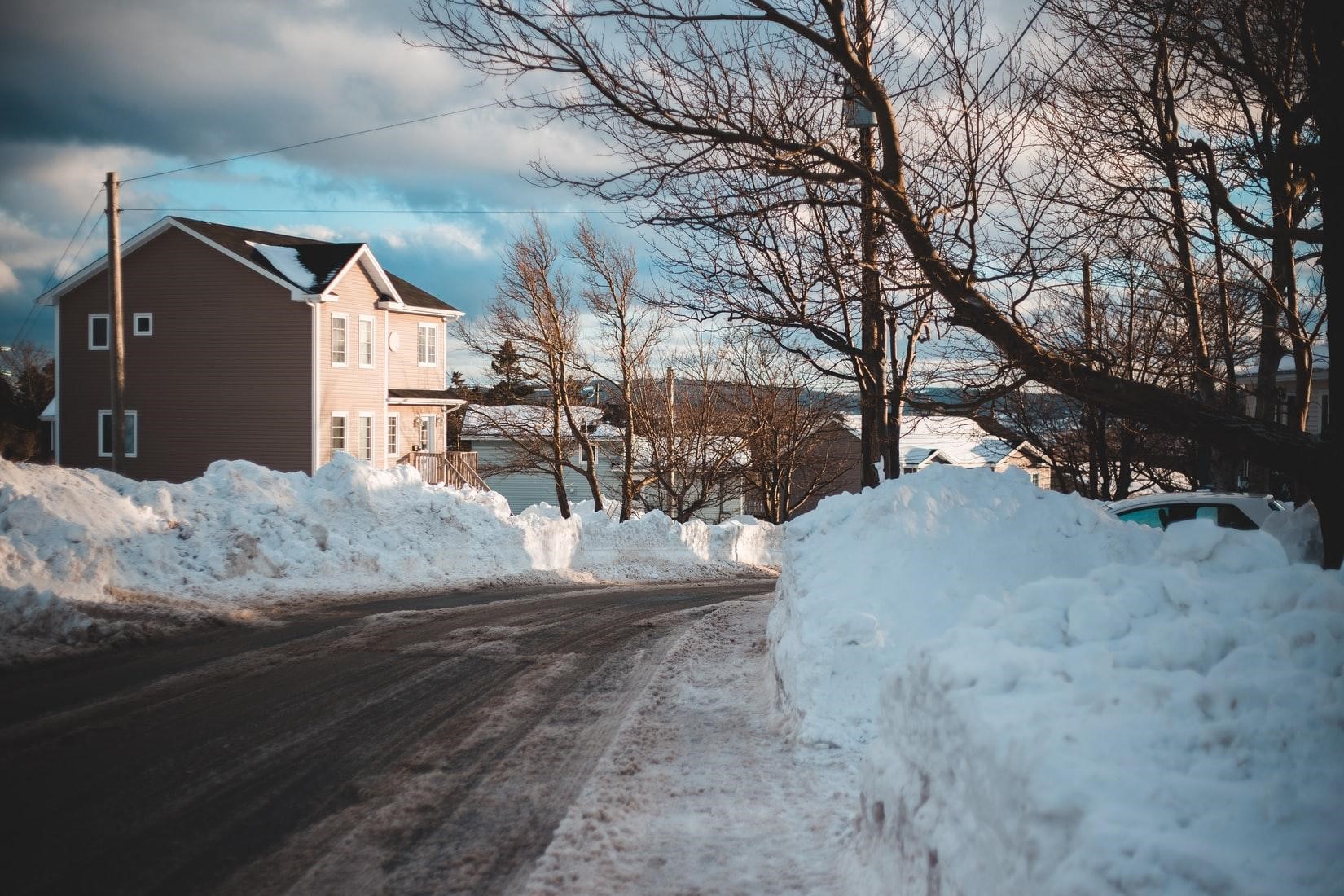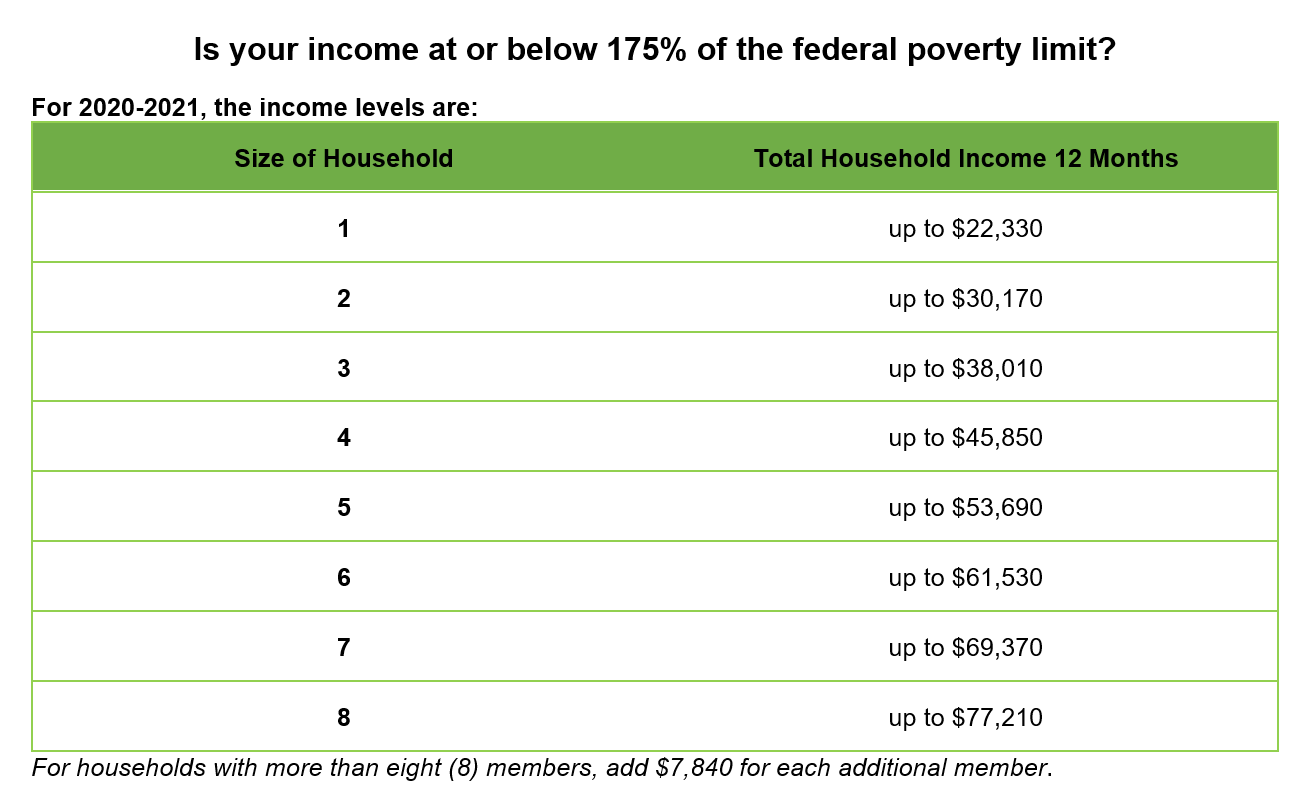The “Heat or Eat” Dilemma
How heating and cooling costs contribute to seasonal increases in food insecurity
By: Emily Gallion, Grants & Metrics Manager/Advocacy Manager and Caitlyn McIntosh, Outreach/SNAP Lead
For the millions of Americans living paycheck to paycheck, any variability in cost of living expenses can bring hardship. In Northern states like Ohio, increases in utility costs during cooler months can lead to a dilemma: pay your utility bill or purchase food?
According to a 2018 US Energy Information Administration report, nearly one in three American households struggle to pay utility bills. About one in five households also reported forgoing basic necessities, such as food or medication, to pay energy bills.
The challenges low income households face to pay their utility bills highlights a grim paradox: It’s expensive to live in poverty. While a wealthier household can afford to make necessary efficiency improvements, such as installing insulation, that will reduce their heating and cooling costs in the long term, many lower income households do whatever they can to make ends meet.
This may help explain the relationship between a family’s “energy burden” and their ability to move out of poverty. A November 2019 study of households living below the poverty line found that families that were “energy burdened” — or spending 10% or more of their income on energy costs — had more difficulty escaping and staying out of poverty.
In fact, the households that were energy burdened were both twice as unlikely to see their income rise above the federal poverty limit and twice as likely to fall into poverty.
This issue is particularly striking in rural communities. According to a study from US News & World Report, rural low-income families spend three times more of their income on energy bills than any other part of the country. Many families are then forced to restrict their food budget in order to pay their bills.
Yvonne, a Foodbank client who visits our mobile food pantry in Xenia, says “food is the only budget you can adjust,” she added in. “You can’t change the water bill.”
While many low-income households do try to adjust their energy bills by rationing natural gas and electricity, during Ohio winters, families reach the point where they’re forced to turn up the heat to avoid pipes bursting.
Although energy costs in Ohio are below the national average, families at the lowest income levels still face a high energy burden. Similar to other areas, Ohio counties that are rural face higher energy burdens than urban areas.
An interactive study from The Atlantic shows that Preble County residents living below 50% of the federal poverty limit (FPL) spend a staggering 36.7% of their income on energy bills. Greene County residents living at the same income levels spend about 30.9% and 29.3% for Montgomery County.
There are many factors that contribute to higher energy burdens on rural households, including higher rates of poverty. Rural areas are also more likely to have homes that are older and less energy efficient. They are also more likely to use more expensive fuel sources, such as propane, to heat their homes. This may explain why poor residents of Preble County have higher energy burdens than those of the same income levels in Montgomery County.
There is a racial justice component to energy costs as well. According to the Community Action Partnership, the utility disconnection rate among white households is 5.5%, but 11.3% among Black households.
These added pressures can be particularly worrisome for families trying to make it through the winter holidays. The Foodbank tends to see an increase in client visits during this time as families are preparing to make sure there is enough food on their tables. In 2019, our drive thru saw one of its largest service dates on the Friday before Thanksgiving, serving 425 households.
Fortunately, programs exist for people struggling to make their utility payments. The Home Energy Assistance Program (HEAP) is available to Ohioans living at or below 175% of the federal poverty limit. This program will pay one home energy bill for qualifying applicants each year.
In addition to HEAP, the Ohio Development Services Agency operates two programs for households that have been disconnected, are at risk of disconnection, or have less than a 25 percent supply of bulk fuel in their tank. The Winter and Summer Crisis Programs provide assistance to qualifying residents living at or below 175% the federal poverty limit (see above). To qualify for emergency assistance, households must sign up for a payment plan such as the Percentage of Income Payment Plan Plus (PIPP), which caps energy expenditures at 6% (natural gas users) or 10% (electricity users).
Community Action Agencies exist to provide financial support to low-income families working towards becoming self-sufficient. Assistance is available for utility bills, rental assistance, and more. To find a local agency near you, visit the Community Action Partnership’s website.
While The Foodbank’s vision is that no one should go hungry, we also know that hunger does not operate in silos. Part of our work also includes finding additional resources to stabilize the lives of families in our line.
For more information on programs and resources in the Dayton area, visit United Way’s website at https://dayton-unitedway.org/ or by calling 2-1-1.






No comment yet, add your voice below!